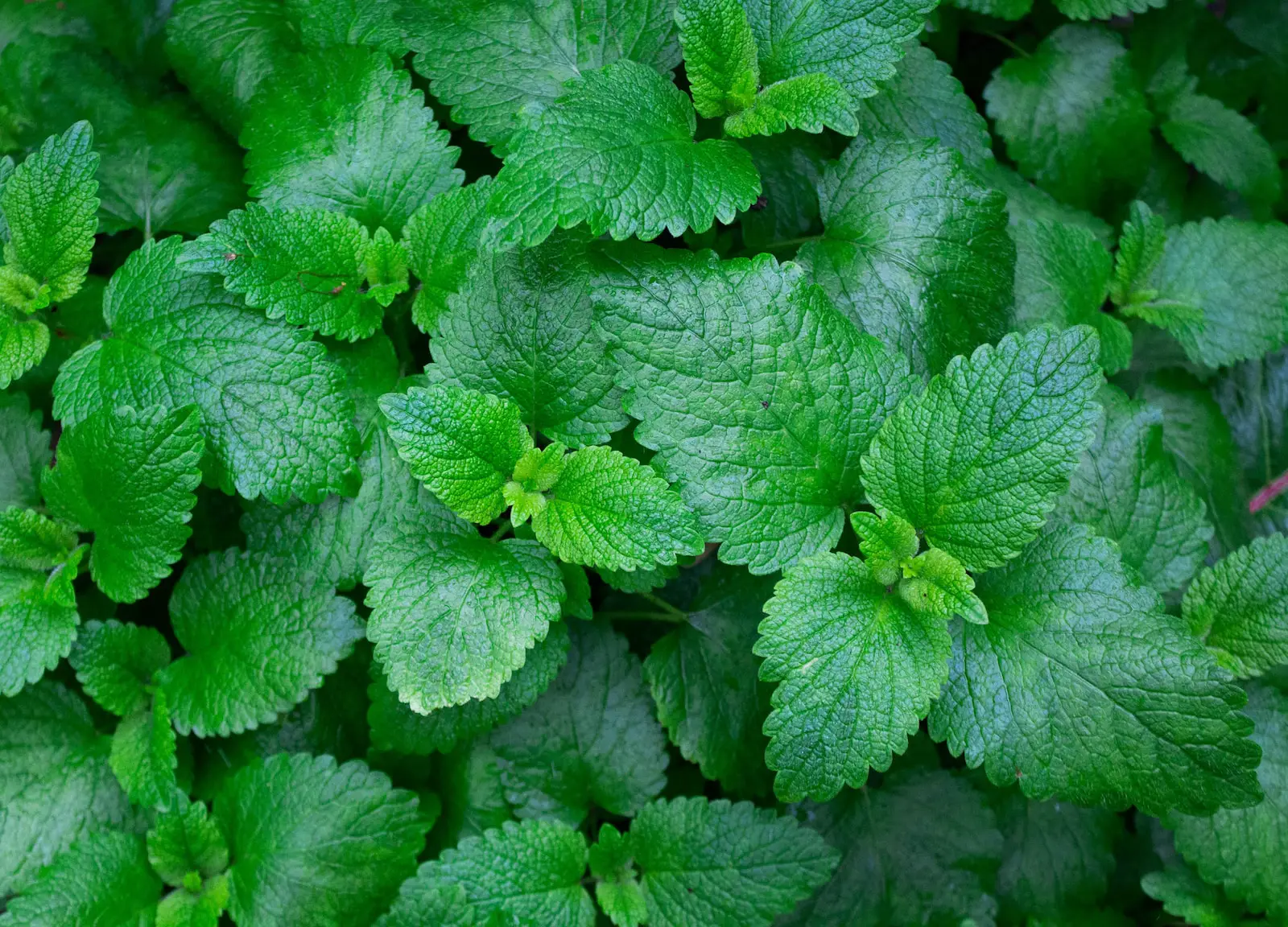Mint, with its fragrant aroma and refreshing taste, has been cherished for thousands of years across various cultures. It is an incredibly versatile herb used in culinary dishes, teas, candies, and even in medicinal applications. The genus ‘Mentha’ includes a wide range of species and hybrids, with peppermint and spearmint being the most popular and widely recognized.
The leaves of the mint plant, whether used fresh or dried, are the primary source of its flavor. They are often used to flavor salads, beverages, desserts, and more. Beyond the kitchen, mint has a history in herbal medicine, used for ailments such as indigestion, headaches, and colds.
Growing mint is quite easy, even for novice gardeners. It thrives in many different environments and tends to spread vigorously. While this growth habit makes it an excellent plant for filling in spaces, it can also become invasive if not properly contained.
| Common Names | Mint, Spearmint, Peppermint |
|---|---|
| Botanical Name | Mentha spp. |
| Family | Lamiaceae |
| Plant Type | Perennial herb |
| Mature Size | 1 to 2 feet tall |
| Sun Exposure | Full sun to partial shade |
| Soil Type | Moist, well-drained soil |
| Hardiness Zones | 3 to 9 |
| Native Area | Europe, Asia, Africa |
Mint Care
Mint is a vigorous grower that requires little care once established. It prefers damp soil and regular watering, especially in dry climates. While mint enjoys sun, it can also thrive in partial shade, which often keeps the leaves more tender and flavorful.
The primary care consideration for mint is containment. Since it spreads rapidly through underground runners, planting it in a container or within physical barriers in the garden can prevent it from taking over neighboring plants.
Light Requirement for Mint
Mint prefers full sun but can tolerate partial shade. In fact, some shade during the hottest part of the day can keep the leaves lush and prevent them from becoming too coarse.
Soil Requirements for Mint
Mint thrives in moist, well-drained soil rich in organic matter. It can adapt to various soil types but prefers a slightly acidic to neutral pH range.
Water Requirements for Mint
Mint requires consistent moisture and should be watered regularly, especially during hot weather. However, it’s important to avoid waterlogged soil, as this can cause root rot.
Temperature and Humidity
Mint is tolerant of various temperature ranges and can even withstand light frost. While it thrives in humid conditions, it can adapt to different levels of humidity.
Fertilizer
Mint usually doesn’t require additional fertilizer, especially if grown in rich soil. Over-fertilization can actually reduce the concentration of essential oils that give mint its flavor.
Pruning Mint
Regular pruning or pinching back of the mint will encourage bushier growth and prevent it from becoming too leggy. Removing flowers as they appear can also help maintain the quality of the leaves.
Propagating Mint
Mint is easily propagated through cuttings, division, or even simply rooting a sprig in water.
How To Grow Mint From Seed
Growing mint from seed can be a slow and somewhat unreliable method. It’s best to sow seeds indoors in the late winter or early spring and transplant them outdoors after the risk of frost has passed.
Common Pests & Plant Diseases
Aphids
These can be washed off or treated with insecticidal soap.
Mint Rust
A fungal disease that requires removal of infected parts and improved air circulation.
Common Problems With Mint
Leggy Growth
Occurs when the plant is not receiving enough light. Increase the light exposure or prune back to encourage bushier growth.
Invasive Growth
Mint can quickly spread and take over a garden area. Planting in containers or using barriers can help contain it.
Pro Tips
- Plant mint near roses to help deter aphids.
- Use different varieties of mint to add unique flavors to dishes and beverages.
- Regularly harvest the mint to encourage new growth and keep the plant vibrant.
- Consider planting mint in a container, even in the ground, to prevent it from spreading uncontrollably.




